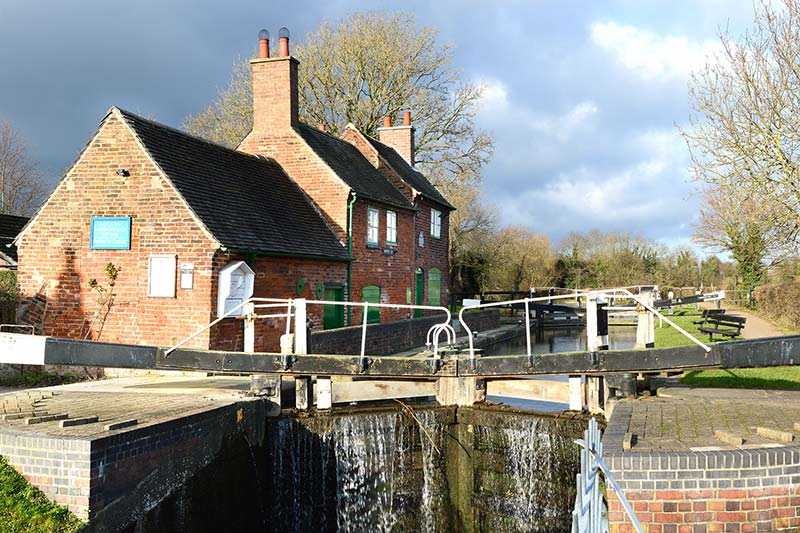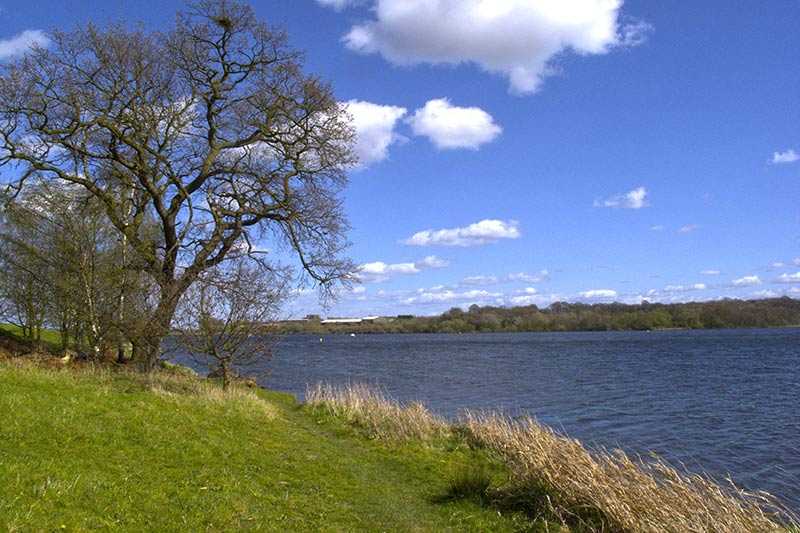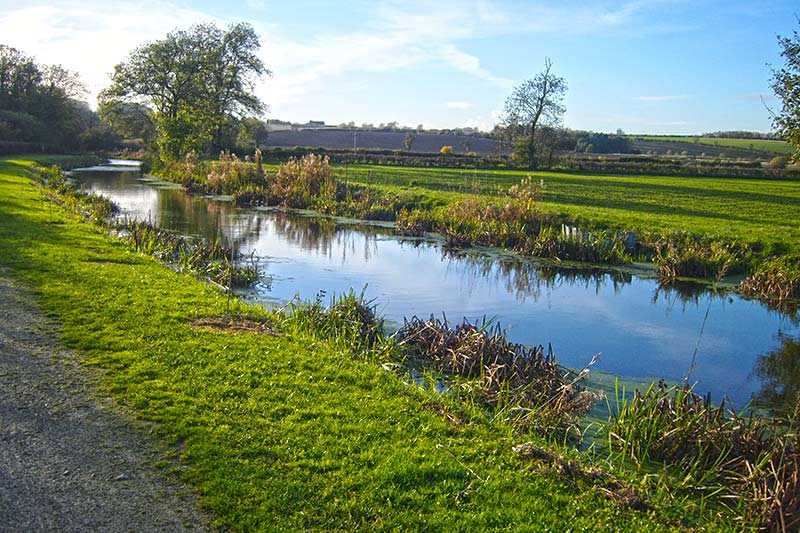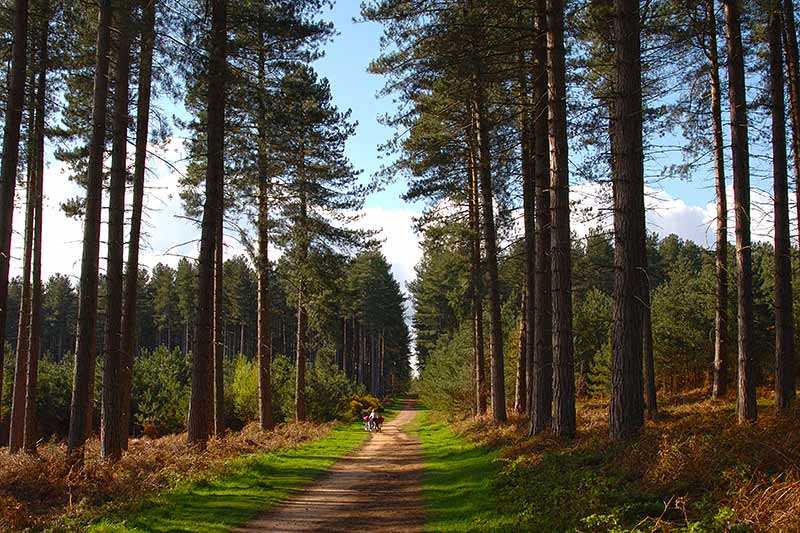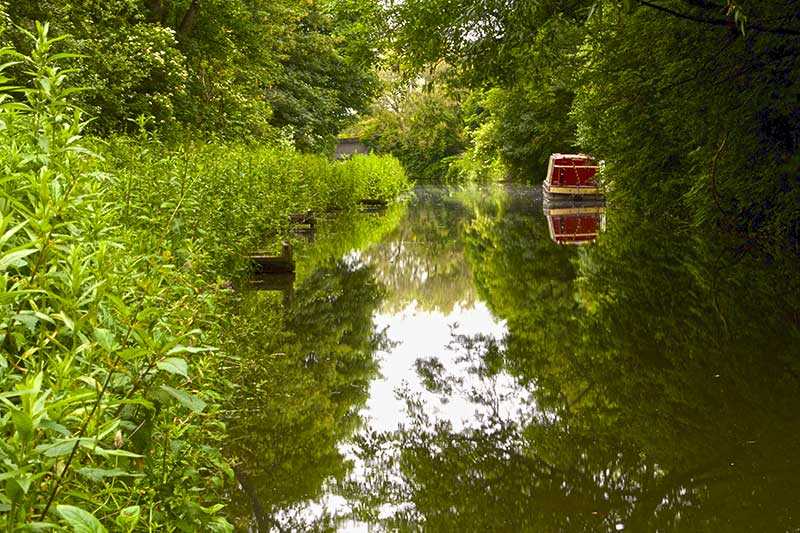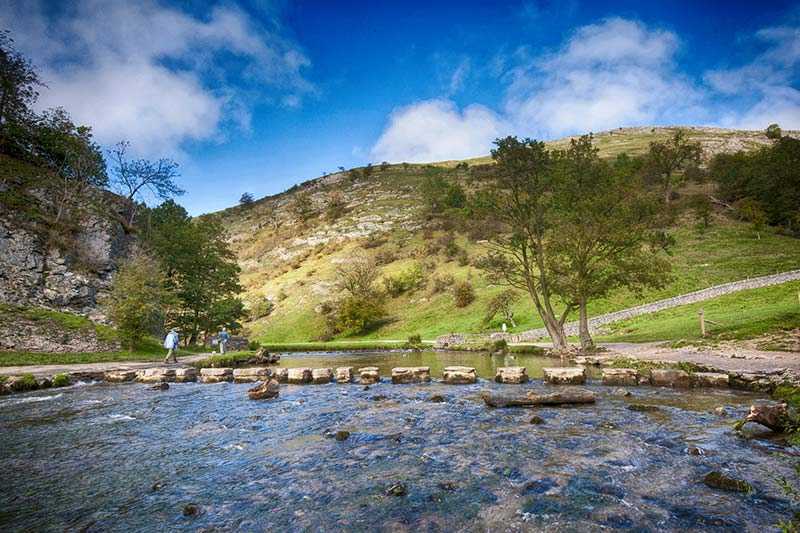Nottingham Canal
About Nottingham Canal
Nottingham Canal was constructed from a junction of the Cromford Canal to provide a more direct route for coal transport to the Trent Canal and Nottingham.
It...
About Nottingham Canal
Nottingham Canal was constructed from a junction of the Cromford Canal to provide a more direct route for coal transport to the Trent Canal and Nottingham.
Its length was about 24 km (15 mi) and had 18 locks, but was abandoned in 1936 and much of it was subsequently filled in.
Now, the upper reaches from Wollaton to Langley Mill are maintained as a...
Things to do near Nottingham Canal
Attractions near Nottingham Canal
Activities
About Nottingham Canal
About Nottingham Canal
Nottingham Canal was constructed from a junction of the Cromford Canal to provide a more direct route for coal transport to the Trent Canal and Nottingham.
Its length was about 24 km (15 mi) and had 18 locks, but was abandoned in 1936 and much of it was subsequently filled in.
Now, the upper reaches from Wollaton to Langley Mill are maintained as a nature reserve and walking trail; while a short stretch of 4 km (2.5 mi) still runs through central Nottingham, providing a bypass for a partially unnavigable stretch of the Trent, and is now part of the Beeston and Nottingham Canal.
The towpath along this stretch forms part of a 16 km (9.9 mi) circular car-free path for walkers and cyclists round the city centre, known as the Big Track.
